Haroon Mirza
21 Apr - 01 Jul 2012
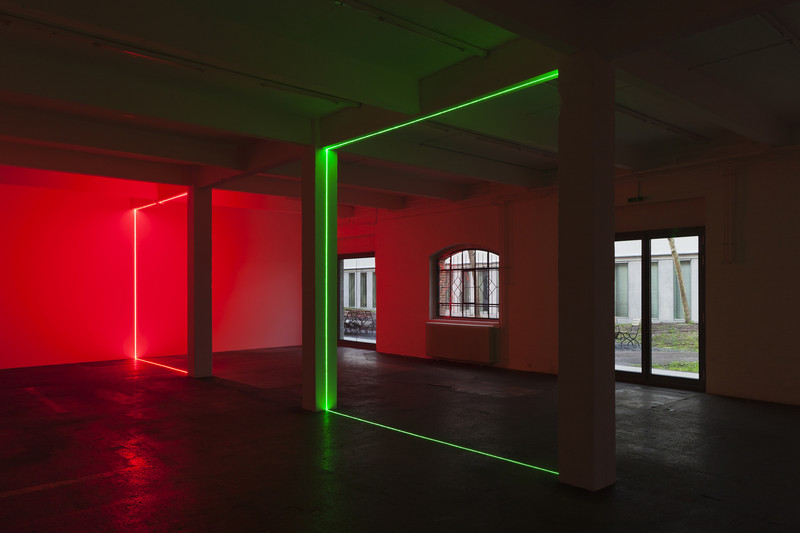
Haroon Mirza, Digital Switchover, 2012, exhibition view
Photo: Kunst Halle Sankt Gallen, Gunnar Meier
Photo: Kunst Halle Sankt Gallen, Gunnar Meier
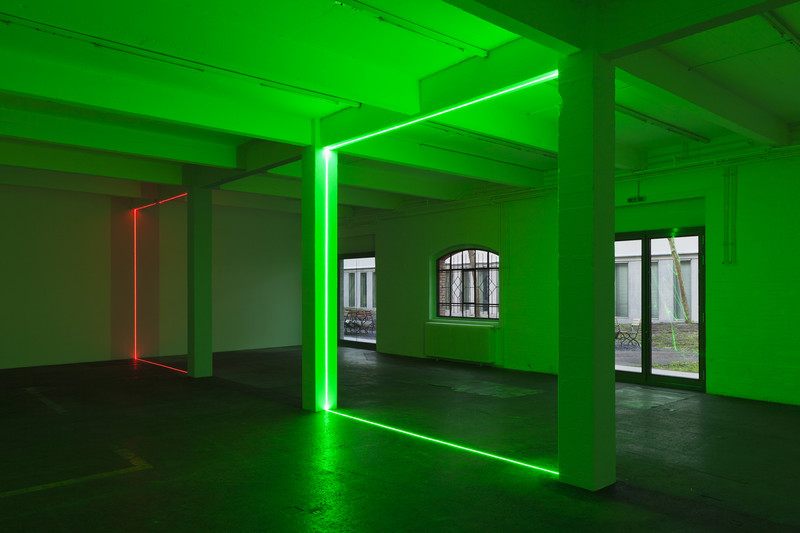
Haroon Mirza, Digital Switchover, 2012, exhibition view
Photo: Kunst Halle Sankt Gallen, Gunnar Meier
Photo: Kunst Halle Sankt Gallen, Gunnar Meier

Haroon Mirza, Digital Switchover, 2012, exhibition view
Photo: Kunst Halle Sankt Gallen, Gunnar Meier
Photo: Kunst Halle Sankt Gallen, Gunnar Meier
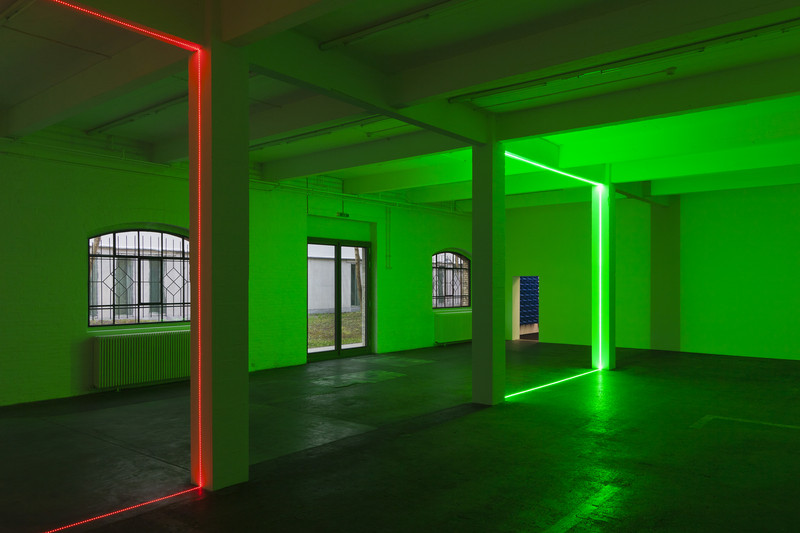
Haroon Mirza, Digital Switchover, 2012, exhibition view
Photo: Kunst Halle Sankt Gallen, Gunnar Meier
Photo: Kunst Halle Sankt Gallen, Gunnar Meier
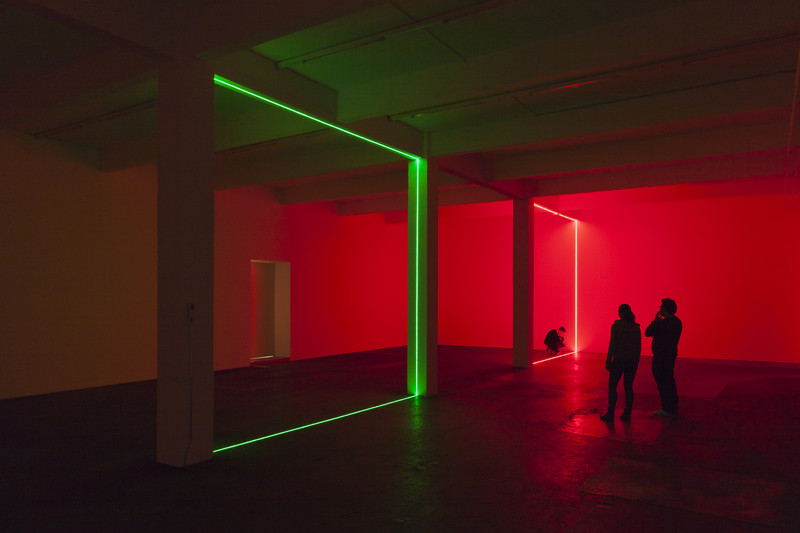
Haroon Mirza, Digital Switchover, 2012, exhibition view
Photo: Kunst Halle Sankt Gallen, Gunnar Meier
Photo: Kunst Halle Sankt Gallen, Gunnar Meier
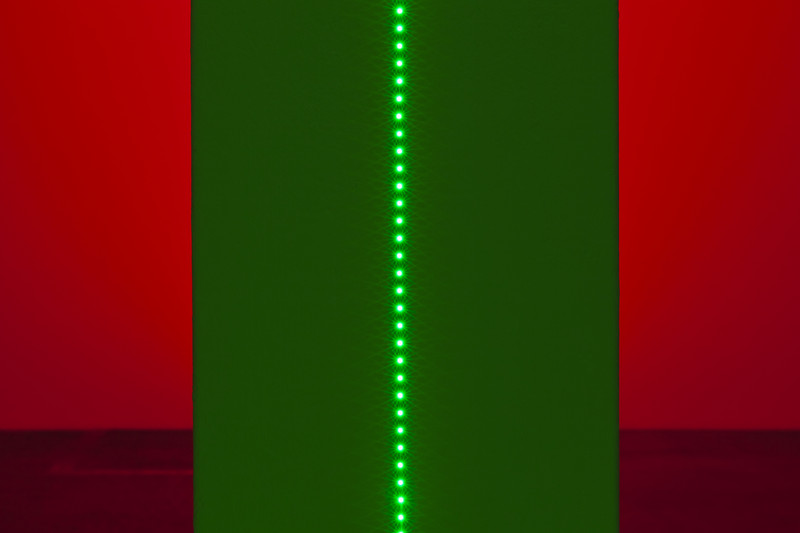
Haroon Mirza, Digital Switchover, 2012, exhibition view
Photo: Kunst Halle Sankt Gallen, Gunnar Meier
Photo: Kunst Halle Sankt Gallen, Gunnar Meier
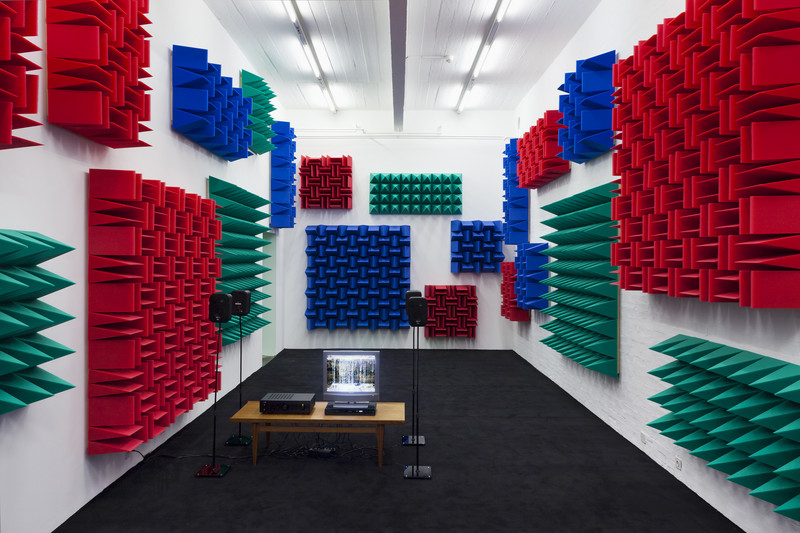
Haroon Mirza, Digital Switchover, 2012, exhibition view
Photo: Kunst Halle Sankt Gallen, Gunnar Meier
Photo: Kunst Halle Sankt Gallen, Gunnar Meier
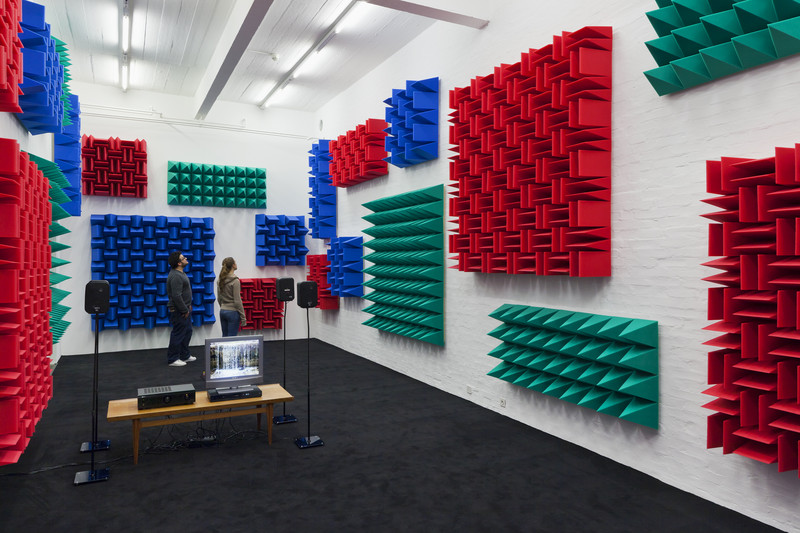
Haroon Mirza, Digital Switchover, 2012, exhibition view
Photo: Kunst Halle Sankt Gallen, Gunnar Meier
Photo: Kunst Halle Sankt Gallen, Gunnar Meier
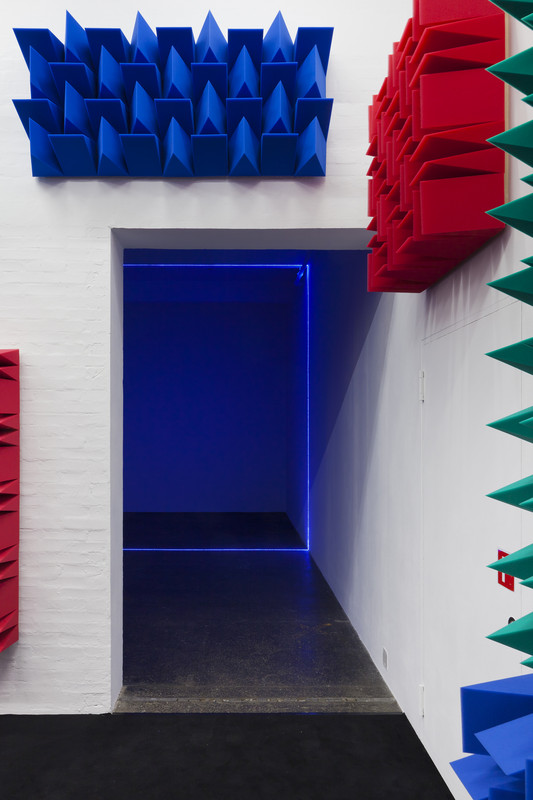
Haroon Mirza, Digital Switchover, 2012, exhibition view
Photo: Kunst Halle Sankt Gallen, Gunnar Meier
Photo: Kunst Halle Sankt Gallen, Gunnar Meier
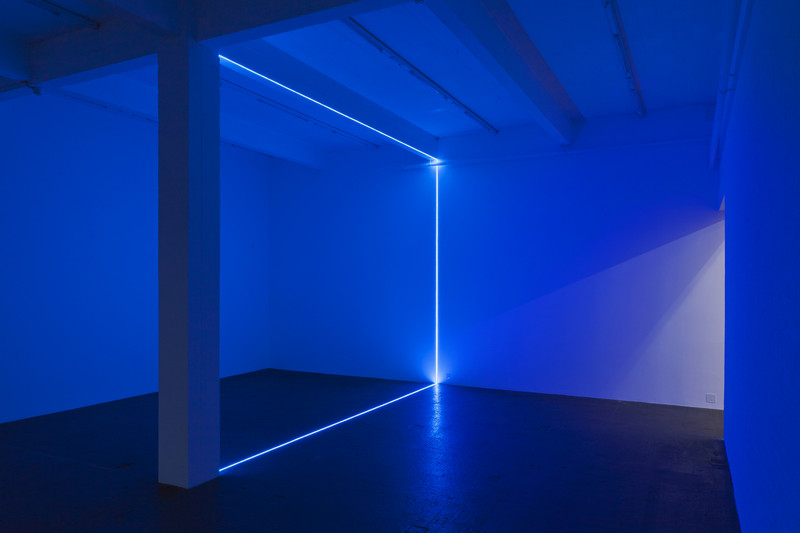
Haroon Mirza, Digital Switchover, 2012, exhibition view
Photo: Kunst Halle Sankt Gallen, Gunnar Meier
Photo: Kunst Halle Sankt Gallen, Gunnar Meier
HAROON MIRZA
\|\|\|\| \|\|\
21 April – 1 July, 2012
Using high-end stereo systems from second-hand shops, coloured chains of LED lights, DIY-store water hoses, fragments of film documents and references from popular culture, Haroon Mirza (*1977) creates installations which produce musical compositions in spaces. The English artist of Pakistani origin uses the widest range of devices and materials as instruments in a surprising way and allows them to interact and produces electrostatic sounds. The soundscapes range from analogue handicraft to electronic music and bring together rhythm with a dash of humour. He likes to integrate artistic quotations into his projects and is at the same time working on a redefinition of the concept of sculpture. The artist is particularly concerned with the relationship between object and exhibition space and in the process obviously refers to Minimal Art strategies. Mirza – who was awarded the Silver Lion for the best work by a promising young artist at the Venice Biennale in 2011 – is creating a site-specific installation for Kunst Halle Sankt Gallen and at the same time presenting his largest solo exhibition so far with this Swiss premiere.
\|\|\|\| \|\|\ is not a typing error but the title of a project that is part of a series of works with which Mirza is exploring the idea of site-specificity. He uses architectonic properties of exhibition spaces in various institutions in order to expose them (e.g. shadow gaps or columns). This is done economically and efficiently in that he attempts to achieve the greatest possible effect with the smallest possible intervention in the respective spaces. Mirza started with the show /\/\/\/\ /\ at the University of Michigan Museum of Art, which opened in March. Following the exhibition at Kunst Halle Sankt Gallen he will conclude the three-part series in May 2012 at the Ernst Schering Stiftung in Berlin with --{}{}{} {}--{}{}{}{}--{}. The cryptic titles are typographical representations of various wave forms. As codes they represent a summary of sound and form that the artist creates in the exhibition spaces.
Mirza also makes direct reference to the space at the Kunst Halle and reacts to its unique features. He reduces the installation to its essential, physical components and presents LED strips in their most basic form and without any supporting structures (such as the pieces of furniture he frequently uses). The artist creates three minimalist sculptures with these light chains in the primary colours red, green and blue, which are stretched between columns and walls in the first and last rooms. The sounds which the lights generate when going on and off are amplified many times and transported to the middle exhibition room, where they will be heard as a rhythmic composition. Mirza is thus transforming the Kunst Halle into a musical instrument, a vibrating resonator.
About the artist:
Haroon Mirza (*1977, London) graduated from the Winchester School of Art (Fine Art Painting) and the School of the Art Institute of Chicago (Painting & Drawing). Subsequently he studied Fine Arts at the Chelsea College of Art & Design as well as Critical Practice and Theory at Goldsmiths College. Solo exhibitions of the artist took place at University of Michigan Museum of Art, Ann Arbor (USA); Spike Island, Bristol (2012); The Camden Arts Centre, London; Lisson Gallery, London (2011); Mother's Tankstation, Dublin; Vivid, Birmingham (2010); A-Foundation, Liverpool (2009). Further, he participated in various group exhibitions, amongst them: Nam June Paik Art Centre, Korea; Music and Acoustics Institute, Karlsruhe (DE) (2012); Performa 11, New York; Kunstverein Harburger Bahnhof, Hamburg; The British Art Show 7, Nottingham; Hayward Gallery, London, Glasgow, Plymouth; ILLUMInations, 54th Venice Biennale; S1 Artspace, Sheffield (2011); Nottingham Contemporary; Art Sheffield; Highlane's Gallery & Droichead Arts Centre, Ireland; SMART Project Space, Amsterdam; Sierra Metro, Edinburgh; 11th Istanbul Biennale (Sheffield pavilion); Contemporary Art Manchester; Salford Restoration Office; Backlit, Nottingham; Mains d‘Œuvres, Paris; ROKEBY, London (2009); James Taylor Gallery, London; Liverpool Bienniale, London; Cell Project Space, London; Generator Projects, Dundee (UK) (2008); Dreizehnzwei, Vienna; Galerie West, The Hague; Late at Tate, Tate Britain, London; SooPlex, Nashville (US); Grey Area, Brighton; South Hill Park, Bracknell; Rekord, Oslo (2007).
\|\|\|\| \|\|\
21 April – 1 July, 2012
Using high-end stereo systems from second-hand shops, coloured chains of LED lights, DIY-store water hoses, fragments of film documents and references from popular culture, Haroon Mirza (*1977) creates installations which produce musical compositions in spaces. The English artist of Pakistani origin uses the widest range of devices and materials as instruments in a surprising way and allows them to interact and produces electrostatic sounds. The soundscapes range from analogue handicraft to electronic music and bring together rhythm with a dash of humour. He likes to integrate artistic quotations into his projects and is at the same time working on a redefinition of the concept of sculpture. The artist is particularly concerned with the relationship between object and exhibition space and in the process obviously refers to Minimal Art strategies. Mirza – who was awarded the Silver Lion for the best work by a promising young artist at the Venice Biennale in 2011 – is creating a site-specific installation for Kunst Halle Sankt Gallen and at the same time presenting his largest solo exhibition so far with this Swiss premiere.
\|\|\|\| \|\|\ is not a typing error but the title of a project that is part of a series of works with which Mirza is exploring the idea of site-specificity. He uses architectonic properties of exhibition spaces in various institutions in order to expose them (e.g. shadow gaps or columns). This is done economically and efficiently in that he attempts to achieve the greatest possible effect with the smallest possible intervention in the respective spaces. Mirza started with the show /\/\/\/\ /\ at the University of Michigan Museum of Art, which opened in March. Following the exhibition at Kunst Halle Sankt Gallen he will conclude the three-part series in May 2012 at the Ernst Schering Stiftung in Berlin with --{}{}{} {}--{}{}{}{}--{}. The cryptic titles are typographical representations of various wave forms. As codes they represent a summary of sound and form that the artist creates in the exhibition spaces.
Mirza also makes direct reference to the space at the Kunst Halle and reacts to its unique features. He reduces the installation to its essential, physical components and presents LED strips in their most basic form and without any supporting structures (such as the pieces of furniture he frequently uses). The artist creates three minimalist sculptures with these light chains in the primary colours red, green and blue, which are stretched between columns and walls in the first and last rooms. The sounds which the lights generate when going on and off are amplified many times and transported to the middle exhibition room, where they will be heard as a rhythmic composition. Mirza is thus transforming the Kunst Halle into a musical instrument, a vibrating resonator.
About the artist:
Haroon Mirza (*1977, London) graduated from the Winchester School of Art (Fine Art Painting) and the School of the Art Institute of Chicago (Painting & Drawing). Subsequently he studied Fine Arts at the Chelsea College of Art & Design as well as Critical Practice and Theory at Goldsmiths College. Solo exhibitions of the artist took place at University of Michigan Museum of Art, Ann Arbor (USA); Spike Island, Bristol (2012); The Camden Arts Centre, London; Lisson Gallery, London (2011); Mother's Tankstation, Dublin; Vivid, Birmingham (2010); A-Foundation, Liverpool (2009). Further, he participated in various group exhibitions, amongst them: Nam June Paik Art Centre, Korea; Music and Acoustics Institute, Karlsruhe (DE) (2012); Performa 11, New York; Kunstverein Harburger Bahnhof, Hamburg; The British Art Show 7, Nottingham; Hayward Gallery, London, Glasgow, Plymouth; ILLUMInations, 54th Venice Biennale; S1 Artspace, Sheffield (2011); Nottingham Contemporary; Art Sheffield; Highlane's Gallery & Droichead Arts Centre, Ireland; SMART Project Space, Amsterdam; Sierra Metro, Edinburgh; 11th Istanbul Biennale (Sheffield pavilion); Contemporary Art Manchester; Salford Restoration Office; Backlit, Nottingham; Mains d‘Œuvres, Paris; ROKEBY, London (2009); James Taylor Gallery, London; Liverpool Bienniale, London; Cell Project Space, London; Generator Projects, Dundee (UK) (2008); Dreizehnzwei, Vienna; Galerie West, The Hague; Late at Tate, Tate Britain, London; SooPlex, Nashville (US); Grey Area, Brighton; South Hill Park, Bracknell; Rekord, Oslo (2007).
